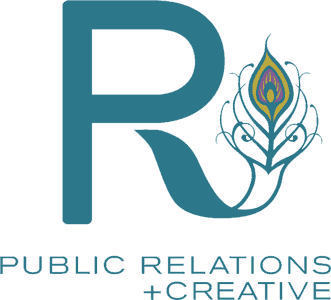In the world of public relations (PR), establishing and maintaining strong relationships with reporters is paramount. Beyond merely pitching stories, the art of building rapport through thoughtful follow-up can transform one-time interactions into lasting partnerships. This article explores relationship-oriented approaches to follow-up, offering practical strategies to enhance engagement with reporters. By understanding their needs, personalizing communication, and maintaining professionalism, PR professionals can navigate the delicate balance between persistence and respect, ultimately fostering more meaningful connections.
Build Rapport by Understanding Reporters’ Needs
A deep understanding of reporters’ needs is central to any effective PR strategy. This begins with thorough research into their beats, recent articles, and expressed interests. Knowing what a reporter covers, their style, and what they value in a story enables PR professionals to tailor their pitches and follow-ups with precision.
It’s not just about pushing a narrative but aligning your message with the reporter’s interests to provide genuine value. This relevance is key to capturing their attention and setting the stage for a productive relationship. Furthermore, demonstrating awareness of their work and showing appreciation for their coverage can make follow-ups more personal and impactful, establishing a foundation of respect and mutual benefit from the outset.
Use Effective Follow-Up Strategies

Timing is everything in follow-up communication. For instance, waiting a week after the initial pitch strikes a balance between giving reporters enough time to consider your story and showing your eagerness to collaborate. The frequency of follow-ups should also be moderated; persistence is crucial, but it should never cross into the realm of annoyance. Personalization in follow-ups demonstrates a genuine interest in building a relationship beyond the transactional. Mentioning specific details from the reporter’s work, suggesting how your story could fit into their narrative, or providing additional information that might interest them are ways to show you’re paying attention and value their work.
Equally important is offering resources or expertise that can assist in their reporting, whether it’s access to sources, detailed reports, or exclusive insights. This helps make your pitch more appealing and positions you as a valuable resource for future stories. Follow-up communications should always respect the reporter’s time and preferences, emphasizing brevity and relevance to keep their interest piqued.
Maintain Professionalism to Build Rapport

Professionalism in follow-ups is non-negotiable. This includes respecting the reporter’s boundaries, such as their preferred communication method and time. Being clear, concise, and to the point in your communications respects their busy schedules and increases the likelihood of your message being well-received. Acknowledging and adapting to feedback about your pitches or the frequency of your follow-ups can also go a long way in maintaining a positive, professional relationship. This respect for their profession and process underscores your commitment to a partnership rather than a purely transactional interaction.
Leverage Social Media for Engagement
Social media offers an invaluable platform for engaging with reporters in a less formal, more dynamic way. Following their professional accounts, sharing their work, and engaging with their content can foster rapport and keep you on their radar between pitches. This engagement should be thoughtful and genuine, contributing to the conversation meaningfully rather than merely promoting your agenda. Commenting on articles, offering insights, and sharing relevant information can demonstrate your interest in their work and your expertise in your field, further solidifying your relationship.
Social media engagement also allows for real-time interaction, offering immediacy that emails or calls cannot. This immediacy can be particularly beneficial when responding to their queries for sources or insights on breaking news, further cementing your role as a valuable contact. However, it’s crucial to balance enthusiasm with professionalism, ensuring that your interactions always respect their boundaries and the professional nature of your relationship. By leveraging social media wisely, PR professionals can nurture a rapport with reporters that is both respectful and productive, setting the stage for successful collaborations.
Building rapport with reporters through strategic follow-up is both an art and a science. By understanding their needs, personalizing your approach, maintaining professionalism, and engaging on social media, you can cultivate lasting relationships that benefit your clients and the media. Adopting a relationship-oriented approach is vital to successful PR.
If you want to learn more about building rapport with reporters, we can help. Reach out to the RPR team for more information.
